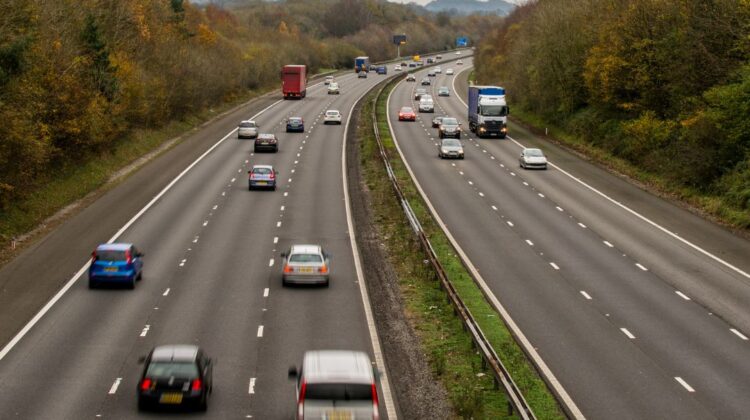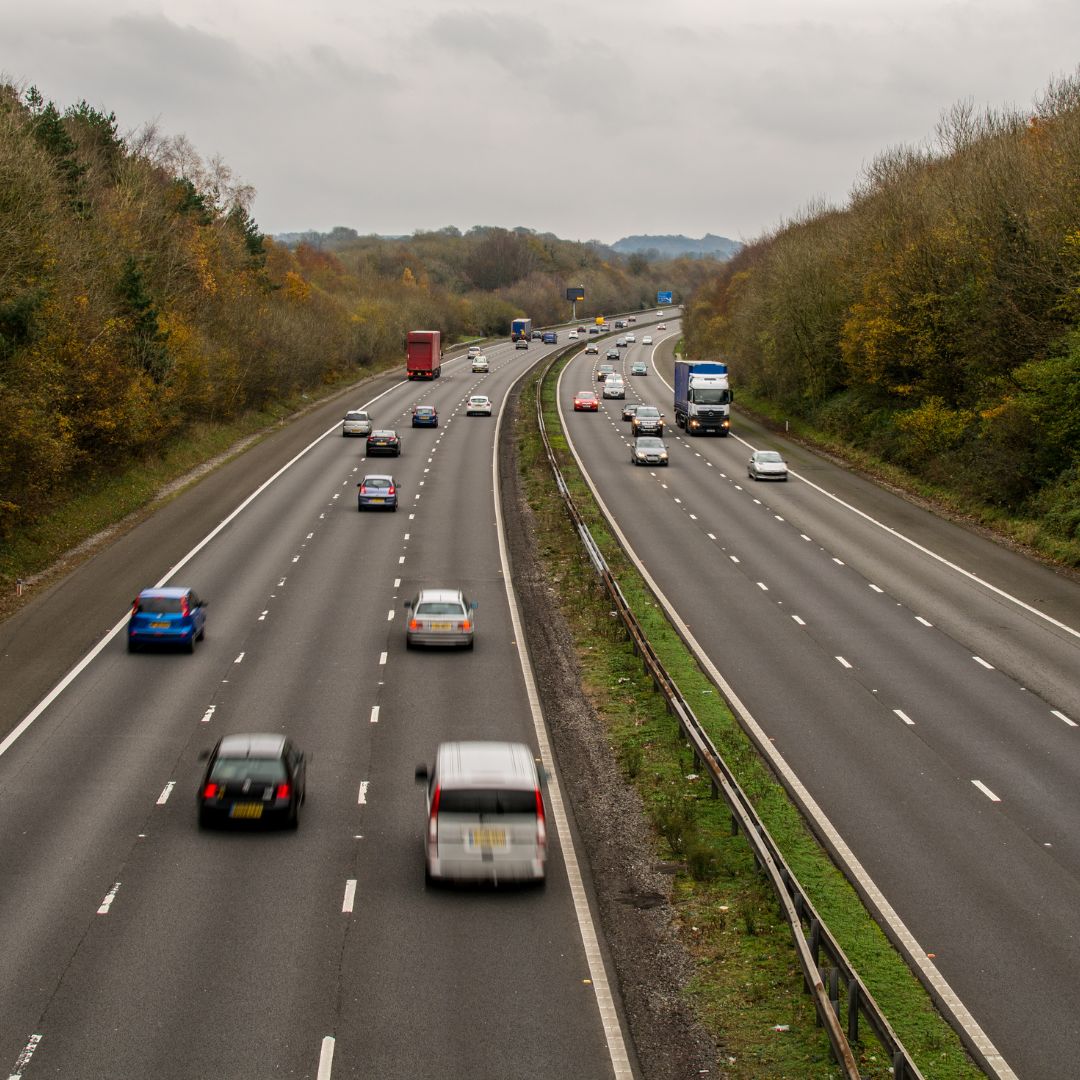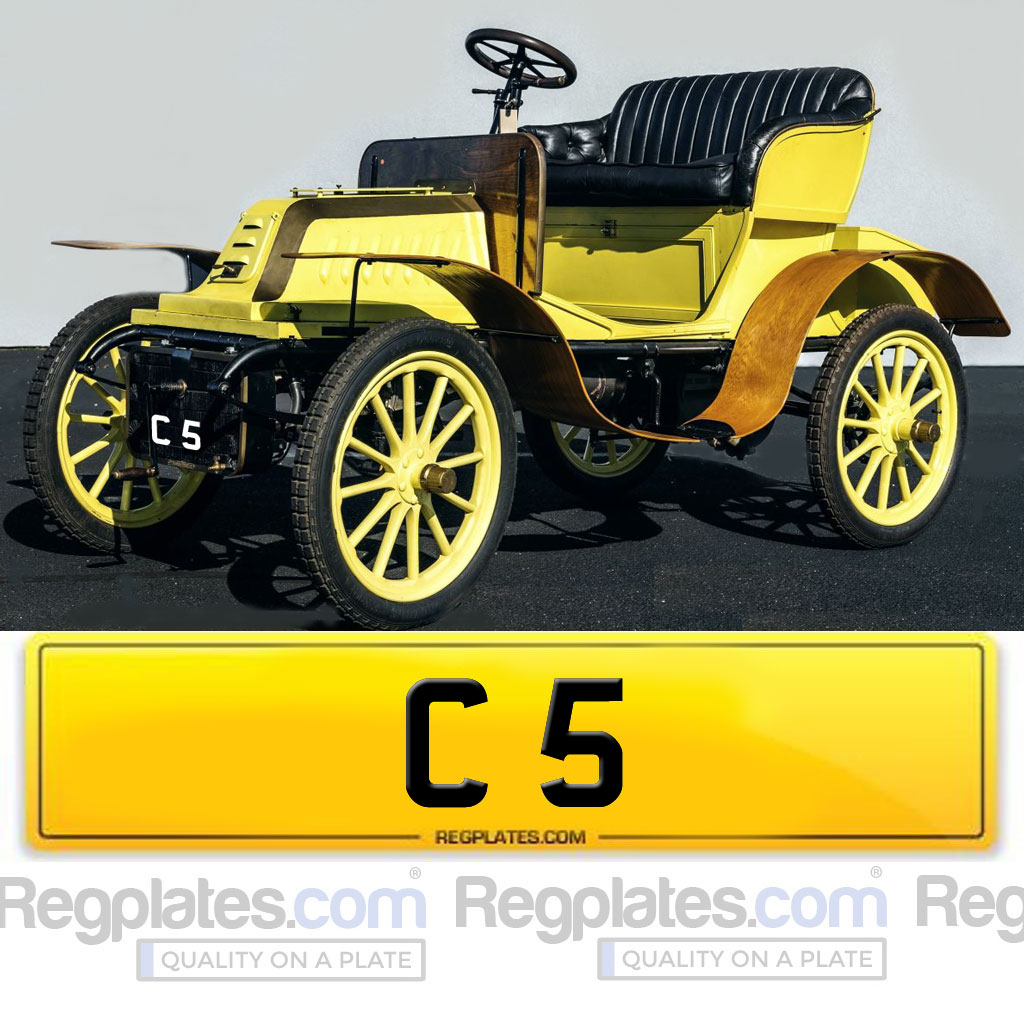
The UK’s number plate law makes it an essential part of road safety to have a number plate on your vehicle. That means front number plates and rear number plates are both legally needed on the roads. Here we’ll explain why cars need number plates and how they work.
- Do you have to have a front number plate?
Yes, in the UK, cars are required to display a front number plate. - Can I use a small front number plate?
Only if it meets the legal size requirements specified by the DVLA. - What happens if I don’t display a front licence plate?
You may face fines, and your vehicle could fail its MOT test.

Why Do Cars Need Number Plates?
Most vehicles, including cars and vans, are required to display a front number plate and a rear number plate. Both number plates must be clearly visible and comply with design regulations.
The UK has strict regulations governing the display and construction of number plates. Vehicles must display front number plates and rear number plates, with some exceptions for motorcycles.
Front number plates and rear number plates are essential as they provide a unique identifier for vehicles, important for road safety and legal compliance. They allow law enforcement to identify and track vehicles, which is important for enforcing traffic laws and investigating vehicle-related crimes. Also for speed cameras and Automatic Number Plate Recognition (ANPR) systems.
In the event of accidents or traffic violations, number plates help authorities and witnesses locate the vehicles involved. They also ensure vehicles are properly taxed and insured, contributing to public funds and protecting other road users.
Without proper number plates, it would be challenging to maintain order and safety on the roads. Failure to adhere to these rules can result in fines and your vehicle failing its MOT test.
Motorcycles and tricycles are exempt from the requirement to display a front number plate. This exemption was established due to safety concerns. Placing a plate on the front of a motorcycle or tricycle could pose risks to the rider in the event of an accident. Instead, motorcycles and tricycles are only required to display a single number plate at the rear. However, the rear plate must still adhere to DVLA regulations for size, font, and spacing.
Commercial vehicles, especially those used for goods transportation, may have slightly different size specifications for their number plates due to the vehicles’ larger size. These often display additional markings, such as company names or logos, on their bodywork. It’s important to ensure that these markings don’t obscure the number plate, as this can result in fines or penalties.
In recent years, the UK introduced green number plates for electric vehicles (EVs) to make them easily identifiable and encourage environmental awareness. These plates have a green strip on the left-hand side, while the rest of the plate remains white on the front and yellow on the rear plate with black characters.
Front Number Plate Requirements
When it comes to design specifications, the font, size, colour, and spacing of characters are standardised. For instance, front licence plates must have black characters on a white background and rear number plates have black characters on a yellow background.
Number plates must be made from reflective material to ensure visibility in low-light conditions, enhancing safety and compliance on the roads. The reflective quality allows the plate to be easily visible when illuminated by headlights, streetlights, or other sources, making it easier for other drivers and law enforcement to identify vehicles at night or in adverse weather conditions. Reflectivity is particularly important in rural areas or unlit roads where natural light is limited, reducing the risk of accidents and enabling quicker response times in emergencies or for law enforcement purposes.
Replacing and Maintaining Your Number Plates
Regular maintenance ensures compliance:
- Damage and Wear: Replace number plates that are cracked, faded, or have peeling characters.
- Legal Supplier Reg Plates: Obtain new plates from Reg Plates, providing front number plates and rear number plates that meet all legal standards.
- Attachment: Securely attach your number plates to prevent them from falling off or being obscured. If you need further assistance, reach out to our expert team.
- Cleanliness: Keep plates clean to maintain visibility. Dirty or obscured plates can lead to fines.
Custom and Personalised Number Plates
Customisation adds a personal touch but comes with rules:
- Personalised Registrations: You can purchase personalised number plates through the DVLA or affordable options at Reg Plates.
- Display Rules: Even with a personalised plate, you must adhere to standard display regulations.
- Do I Need a Front & Rear Number Plate with a Personalised Registration? Yes, personalised plates must be displayed at the front and rear if the vehicle type requires it.
What About Imported Vehicles?
Imported vehicles may use square number plates if the design of the vehicle does not accommodate standard UK plates. However, they must still meet size and legibility requirements.
Is It Legal to Have a Custom Front Number Plate?
Yes, as long as it adheres to all legal specifications regarding font, size, spacing, and material.
What to Do if Your Front Number Plate is Damaged
If either the front or rear number plate becomes damaged, whether that’s due to a collision, weathering, or accidental breakage, it may impact visibility and readability. This can lead to legal issues. Damaged plates that are cracked, faded, or broken could result in fines, as the vehicle could be deemed unroadworthy.
If a number plate is damaged, vehicle owners should take immediate action to replace it.
Order a replacement with us at Reg Plates and we will guide you through the steps with required documents proving your identity such as a driving licence or passport, vehicle ownership such as V5C logbook.
Additional Considerations
- New Front Number Plates: If you’ve purchased a new car or your existing front plate is damaged, make sure to replace it promptly with one that meets all legal standards.
- Small Front Number Plates: While it might be tempting to opt for a smaller plate for aesthetic reasons, this can lead to non-compliance with size regulations.
- Custom Plates: Personalised or custom front number plates are allowed, provided they adhere to the DVLA’s guidelines on font, spacing, and material.
Displaying a front number plate on your car is not just a legal requirement but also it’s an important component of road safety and vehicle identification in the UK. Ensuring your front plate for the car is correctly displayed and complies with all regulations protects you from legal issues and contributes to safer roads for everyone.
If you’re unsure about the requirements or need a new front number plate, we’re here to help. Our team specialises in providing compliant and high-quality number plates that meet all UK standards.

Jon Cherry is a Director of leading personalised number plate dealer Regplates.com. Jon has over 25 years industry experience handling some of the most expensive plates ever sold with many high profile and celebrity clients. Active since 1991 in the number plate industry, Jon is currently Chairman of the Cherished Numbers Guild, a trade body representing number plate dealers in the UK. Jon has written many articles on the industry and insight into the future of numberplates and the market as a whole.




